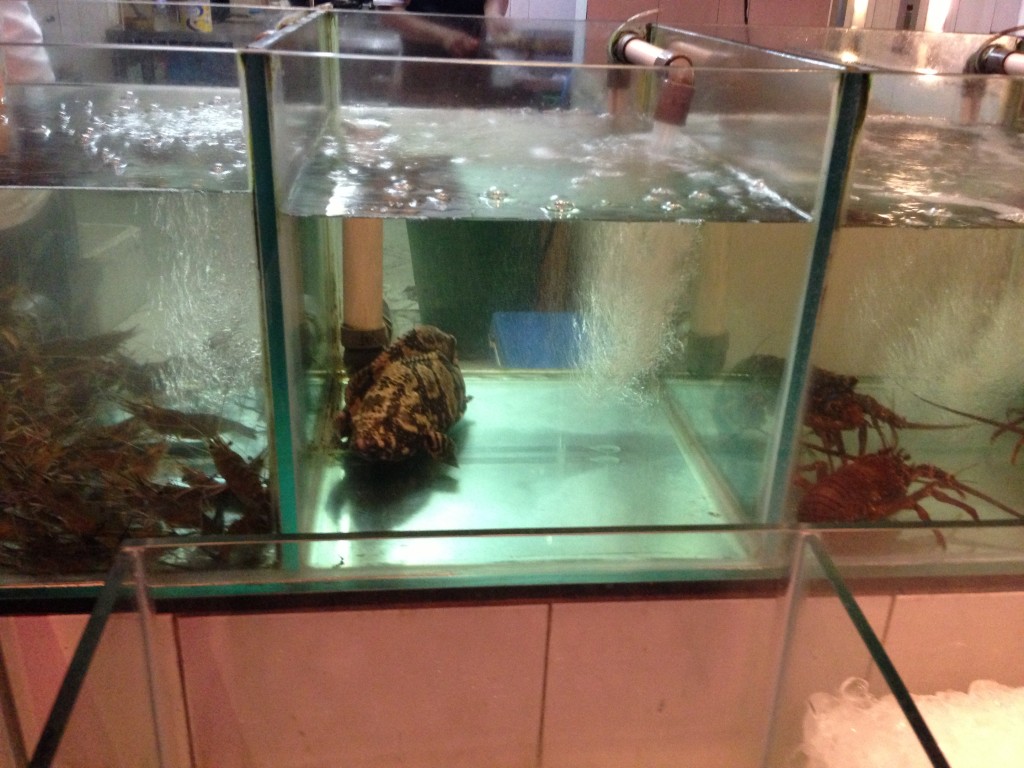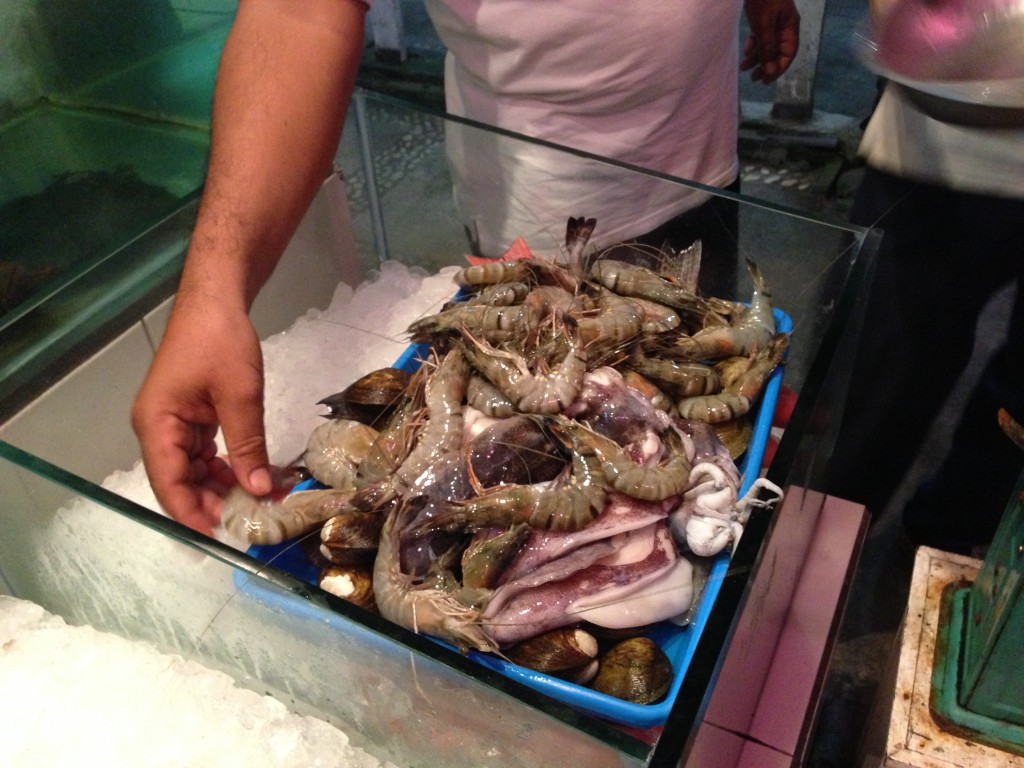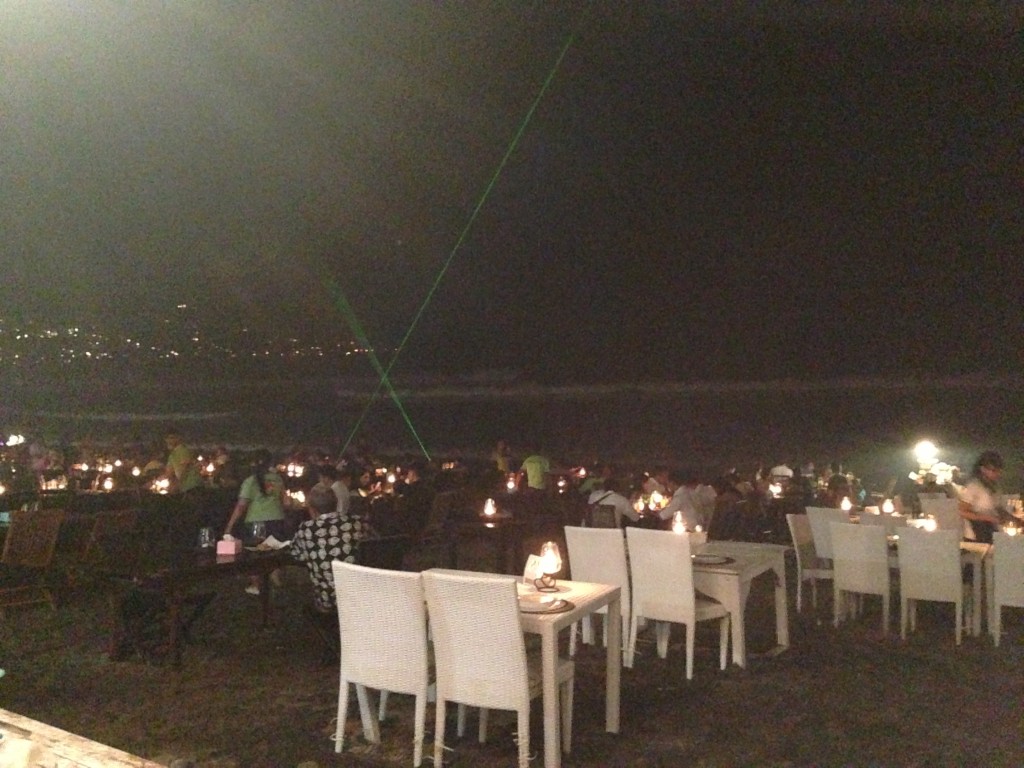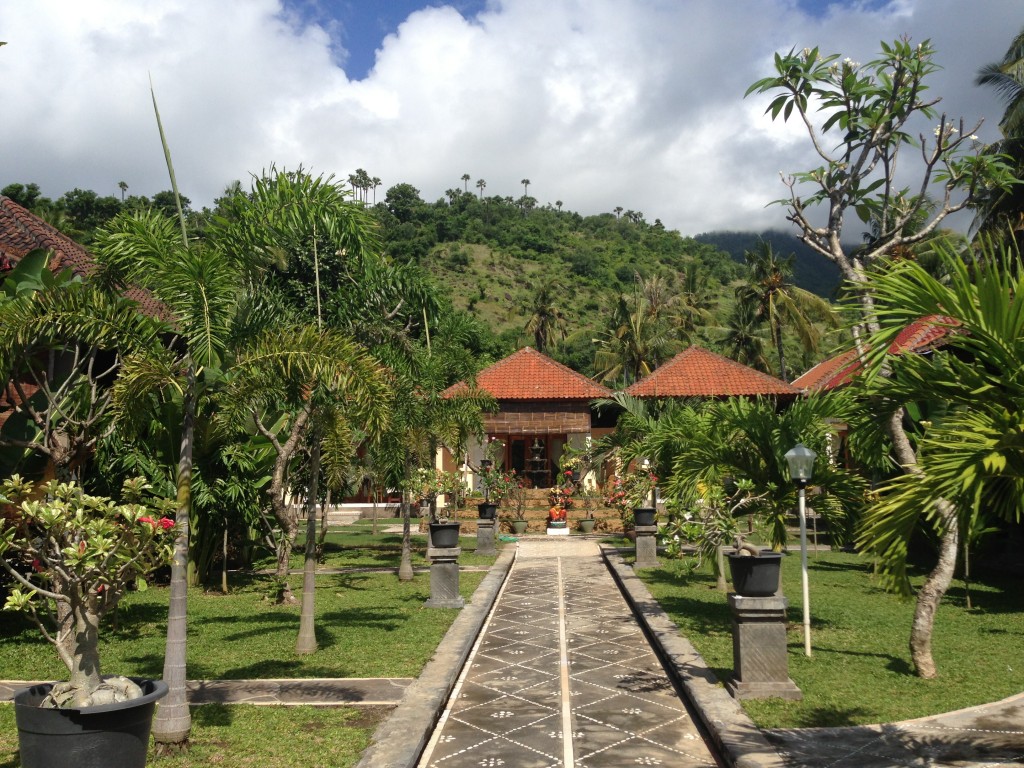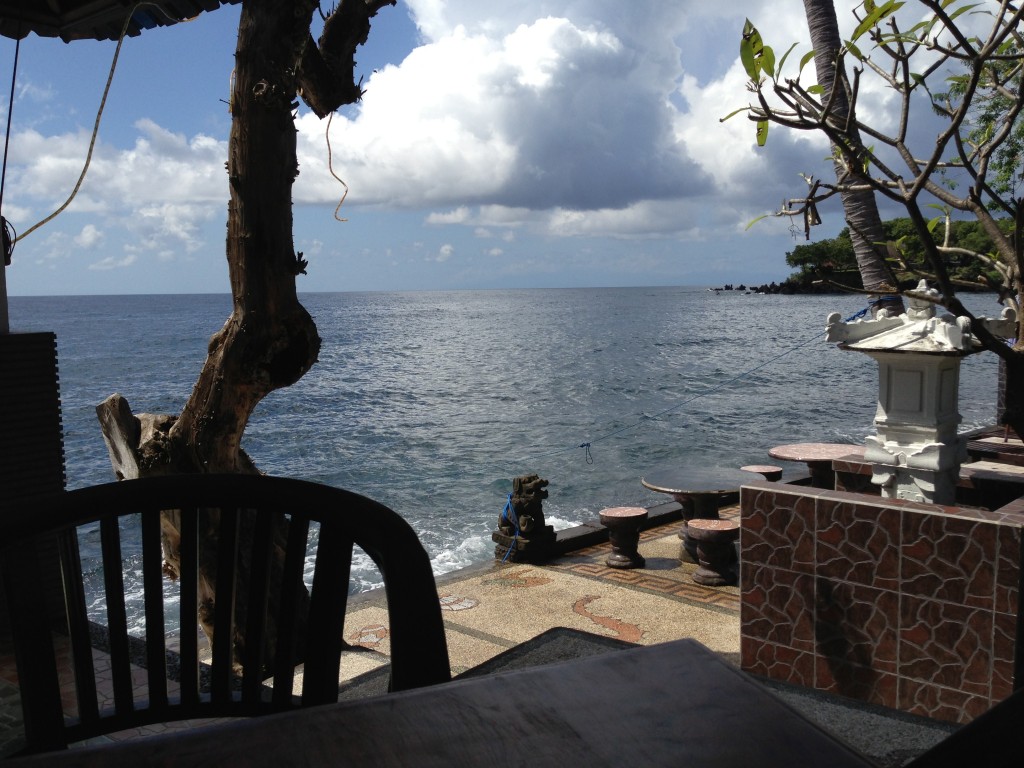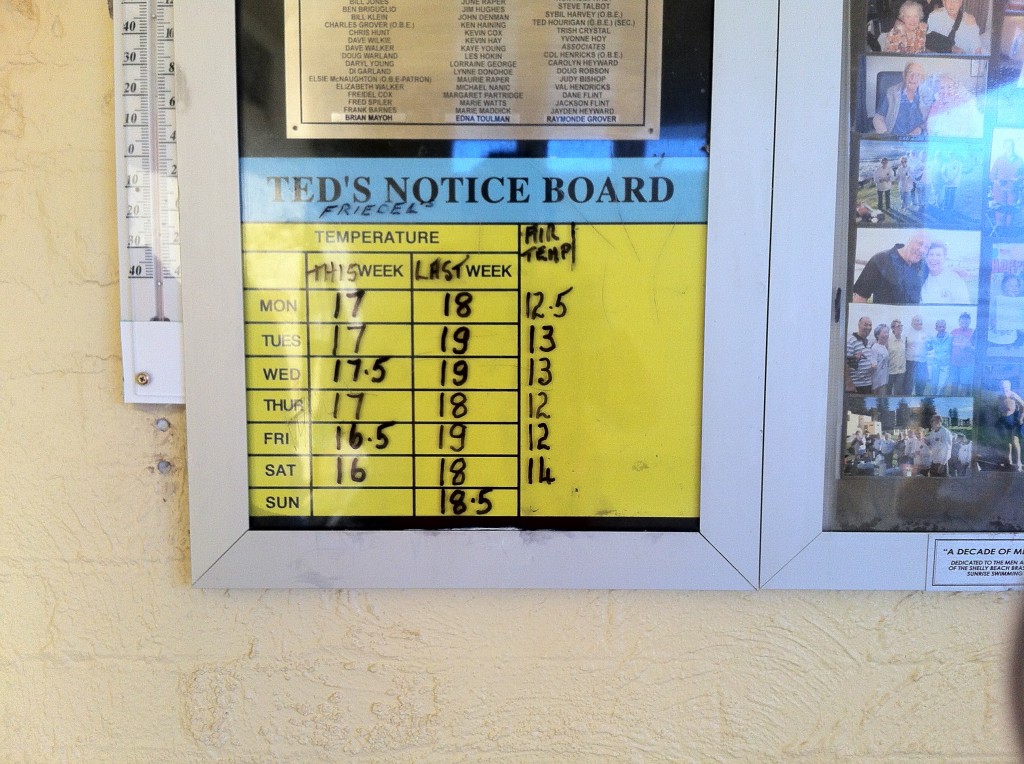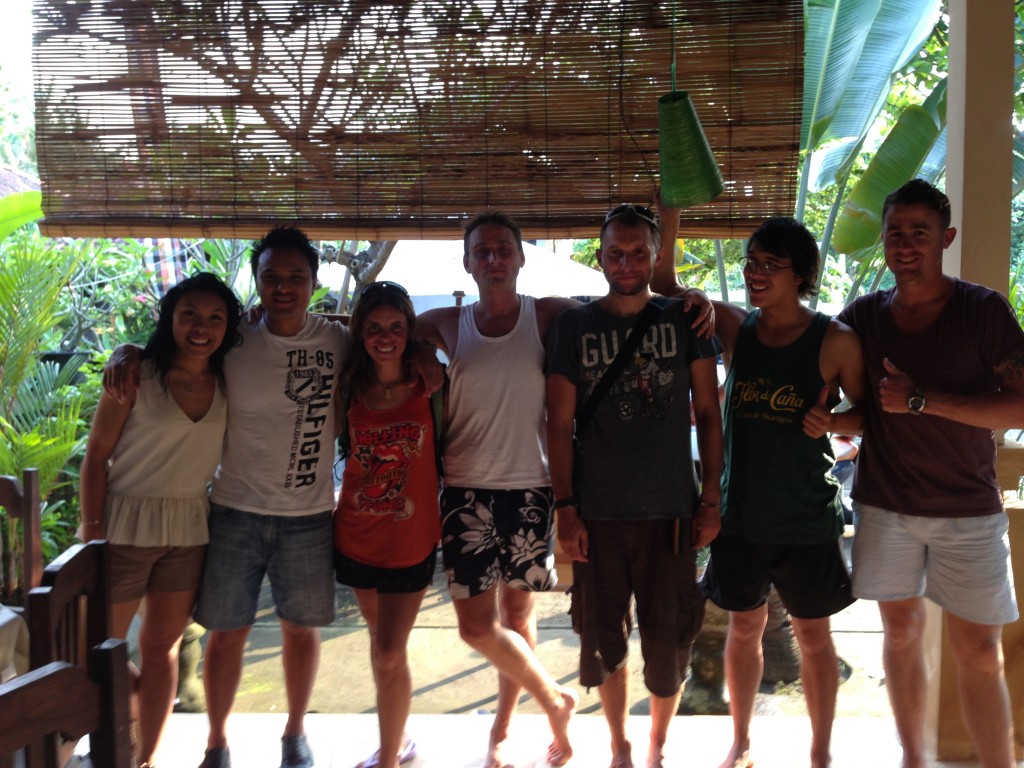
So I probably started to stuff around holding my breathe about 4 months ago. 4 months before that I was just swimming every morning in the cold water and just enjoying the ocean by just swimming, body surfing and snorkelling.
Then an introduction to a Ted talk by Stig Severinson by my mate Damir about how to breathe properly whilst swimming and even to relax the mind changed some notions I had about what was possible (Plus Stig’s 75 meter swim under the ice and 20+ min breath holds were pretty dam amazing and inspiring too). So we started to experiment after reading about free diving and helped each other out to execute longer breath holds based on information that was online. We were also careful to watch each other and make sure that when a breath hold was in progress we would give signs we were OK (so we had some basic safety in mind). Stig said to be careful so we were careful 😛
We started diving some local places around sydney and got to some decent depths for couple of tossers – (idiots in aussie :P) without any formal free diving education or any formal gear (shorts, snorkel, crappy mask). I didn’t get fins till about 1 month ago so I was diving without fins for about 3 months 😛 Some of the really crappy amateur shots of these can be found here on youtube 😛
After a while though you start to realise that this sport is definitely much more then just going down as far as you can in the water or holding your breath for as long as you can. You also begin to realise that if you stuff up it could be pretty fatal. With this in mind I decided that I would try to get some formal education so I can be properly taught by experts what the safety protocols are, what to do and what not to do and to learn the finer points about free diving that you probably can’t get on the internet or experimenting on your own. Plus I wanted to go diving with this other group in sydney and it seems they all had done a course so I wanted to make sure if anything happened during a dive and I was the one up and they were the ones down, if they didn’t come up properly I could help them. I didn’t want to give them false confidence that I would know what to do if something bad happened to them and I was the one supposed to help them.
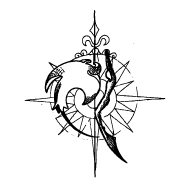 I decided to take the course in Bali with the group from Apnea Bali. I emailed them initially asking about taking the advanced class as I thought the only requirement were depth and breathe hold times but I was suggested to take the first of the series of classes if I hadn’t taken any formal free diving education in the past. With this suggestion I enrolled in the first class which went for 2 days.
I decided to take the course in Bali with the group from Apnea Bali. I emailed them initially asking about taking the advanced class as I thought the only requirement were depth and breathe hold times but I was suggested to take the first of the series of classes if I hadn’t taken any formal free diving education in the past. With this suggestion I enrolled in the first class which went for 2 days.
I was very happy that this turned out to be the case because in the theory we went over a lot of information around safety, biology and why black outs occur. There is much information about these topics on the internet but it was never explained as had been done by Julia (who was my instructor and operator for the two day course). The explanations around why blackouts occurred mainly during the last 10 meters of the dive during the ascent was really great and clear as I had always wondered why this was always considered the danger zone even for people that went down to 80+ meters (why not 30m or 20m from the top why always 10m regardless of the max dive depth). I was always under the assumption that its because your at the end of your dive and where you have least amounts of oxygen (which is partly true) but the relationship between your lung size, compression and danger zones relative to oxygen levels after lung expansion due to rapid changes in pressure were all new to me 🙂
We did rescue procedures which was good and makes me feel more confident that I wont let anyone down if the situation arises where I need to use these skills. I also know that when these blackouts or sambas happen (for the most part) its the body being smart and nothing to be to worried about aslong as you can help or be helped by your buddy. Knowing the difference between “drowning” and “blacking out without help” which ultimately results in death was also a good piece of information to have.
The main thing in the practicals within the water that I took away was how to equalise using my hands. In the past I managed to equalise pretty easily and it was never such a big deal because it just happened. I was never taught to equalise because when my ears started to hurt I would just do it instinctually. The first few times I started diving my ears would start to hurt and I would do this thing with the back of my throat and my ears would pop and I would be OK. I read that equalisation needed to be done at regular intervals so your ears never hurt so I learnt to do that also. However after I arrived in bali with the flights, airconditioning and everything else I couldn’t equalise as I normally could and I couldn’t continue until I learnt to do equalisation with my hands. This was new to me as I had never had to do it this way. It sucked cause it was screwing everything up. Here I was ready to learn how to dive with everything setup, great teachers, depth, buoy and I couldn’t do something I had been doing for ages. It was annoying …
With that Julia helped me equalise with my hands, first I tried FIM face down and it didn’t work, then I did FIM feet first, that worked and then after I did face down again it was better, still not perfect but much better. On the second day though, I got comfortable with it and learnt to equalise with my hands. Now if for whatever reason I can not equalise how I normally do, I will always have a fall back. During our fun dive at the ship wreck, everything seemed to be back to normal and I could equalise how I normally have so it was good that for the most exciting part of the course things more or less came back to normal physiologically ! I was starting to worry that I might not be able to get shots of the wreck cause I couldn’t equalise 😛 That would have pissed me of big time !
All in all I had a great time in Tulamben Bali with the Apnea Bali team. The course was excellant, the accommodation was pretty nice and the food was pretty decent too. The idea is to get some free time sometime in the next month or so and come back to do additional courses and hopefully dive the ship wreck again when the water isn’t so murky.
Anyway, thanks to the Apnea Bali team ! Had a great time 🙂


